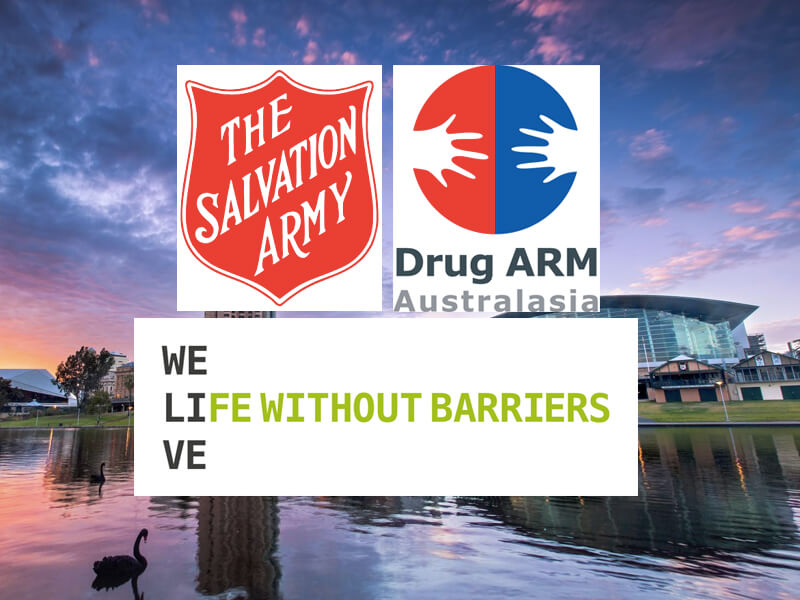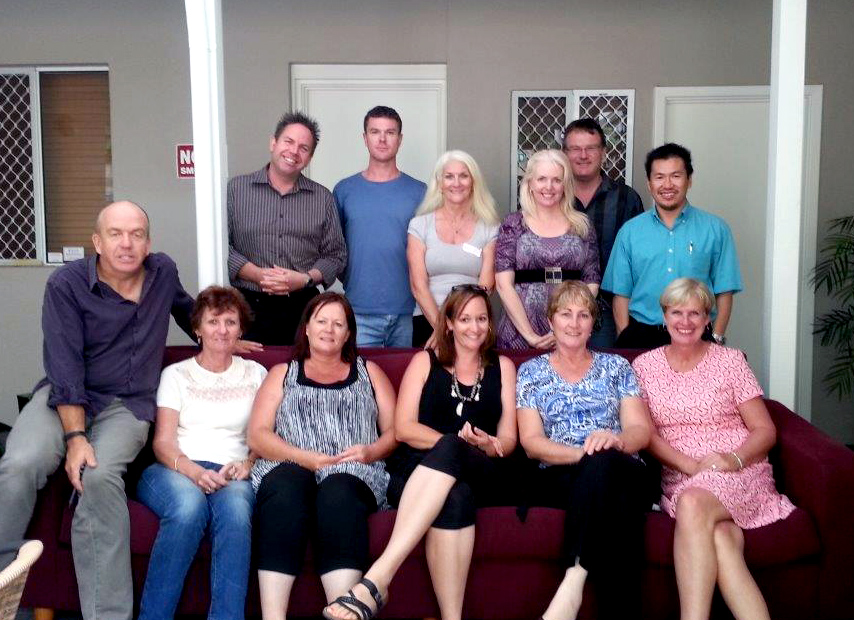Following a thorough four-year study involving NSW inmates, the SMART Recovery program (and its prison-adapted equivalent, Getting SMART), has proven to significantly reduce reoffending rates.
The study and resulting paper, Getting SMART, SMART Recovery© programs and reoffending, was carried out by the University of New South Wales’ School of Psychology, in conjunction with Corrective Services NSW and Actevate. The paper has been published in The Journal of Forensic Practice (Volume 18, Issue 1).
A summary of the paper and its findings can be viewed in the Abstract below.
Abstract
Purpose
– The purpose of this paper is to determine reconviction outcomes for 2,882 male and female offenders with significant alcohol and other drug (AOD) criminogenic needs, serving custodial sentences in New South Wales, between 2007 and 2011, who participated in the Getting SMART and/or the SMART Recovery programs.
Design/methodology/approach
– A quasi-experimental research design utilised data from 2,343 offenders attending Getting SMART; 233 attending SMART Recovery and 306 attending both programs, compared to a propensity score-matched control group of 2,882 offenders. Cox and Poisson regression techniques determined survival times to first reconviction and rates of reconvictions, adjusting for time at risk.
Findings
– Getting SMART participation was significantly associated with improved odds of time to first reconviction by 8 percent and to first violent reconviction by 13 percent, compared to controls. Participants attending both programs (Getting SMART and SMART Recovery), had significantly lower reconviction rate ratios for both general (21 percent) and violent (42 percent) crime, relative to controls. Getting SMART attendance was associated with significant reductions in reconviction rates of 19 percent, and the reduction for SMART Recovery attendance (alone) was 15 percent, the latter figure being non-significant. In all, 20 hours in either SMART program (ten sessions) was required to detect a significant therapeutic effect.
Practical implications
– Criminal justice jurisdictions could implement this two SMART program intervention model, knowing a therapeutic effect is more likely if Getting SMART (12 sessions of cognitive-restructuring and motivation) is followed by SMART Recovery for ongoing AOD therapeutic maintenance and behavioural change consolidation. SMART Recovery, a not-for-profit proprietary program, is widely available internationally.
Originality/value
– This innovative two-program model (Getting SMART followed by SMART Recovery) contributes to best practice for treating higher risk offenders with AOD needs, suggesting achievable reductions in both violent and general reoffending.
Authors:
Chris Blatch (Offender Services and Programs Branch, Corrective Services New South Wales, NSW Department of Justice, Sydney, Australia)
Kevin O’Sullivan (School of Psychology, University of New South Wales, Kensington, Australia)
Jordan J Delaney (Actevate Pty. Ltd., Sydney, Australia)
Daniel Rathbone (School of Psychology, University of New South Wales, Kensington, Australia
Access full paper here.



